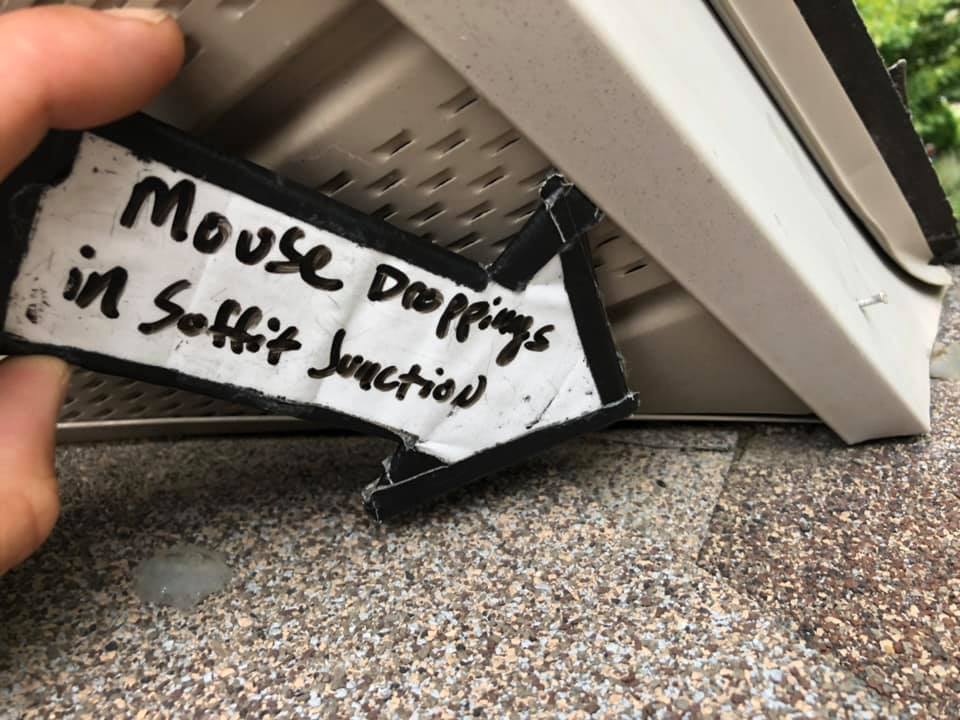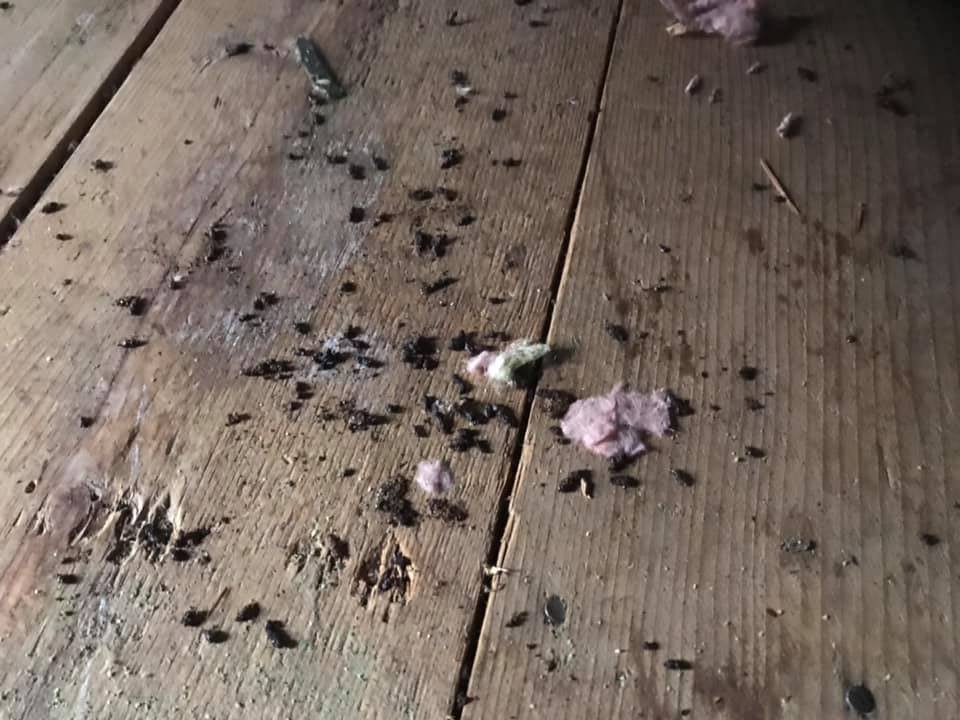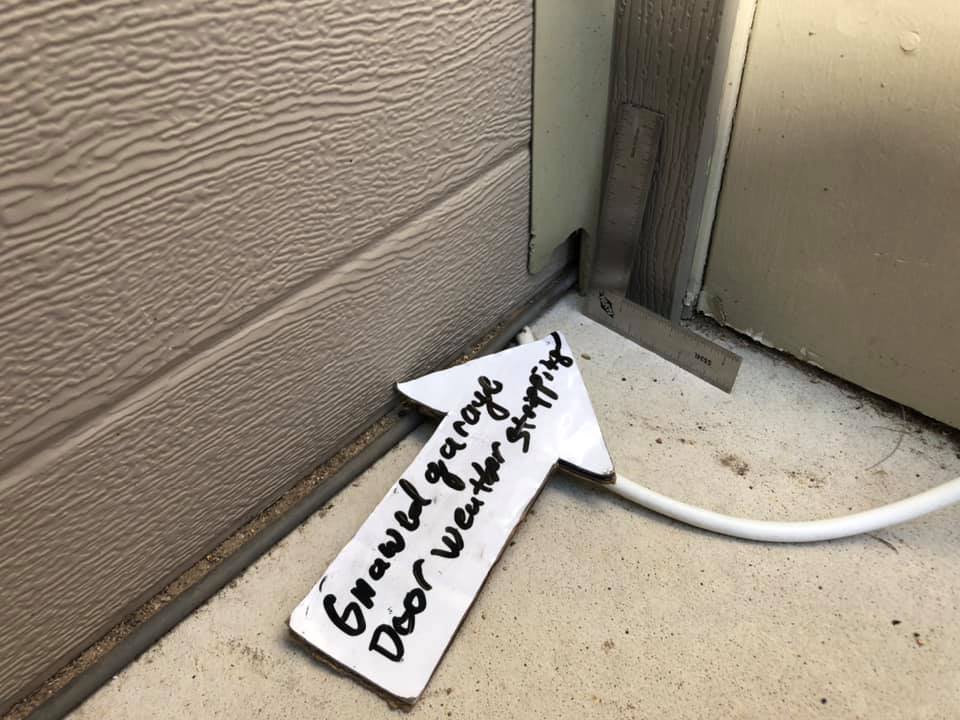Detecting Mice In Your Home & Business
Mouse Management Services In Twin Cities, MN
Common Signs Of Mice
As the temperature drops mice instinctually look for warmer, more sheltered places. During these temperature drops, the exterior food sources available for mice are still prevalent. So, contrary to popular belief, mice are not entering homes in search of food, rather they are entering homes in an attempt to conserve heat. How do you know if mice have entered your own home?
Noise: Mice create a scratching sound that is relatively stationary. They are especially common at ground level, but are frequently found in attics if the exterior of the building is porous or there are trees overhanging the roof that mice could climb from.
Mice are nocturnal, so these noises would be heard during the evening. Noises can often seem amplified, as if a squirrel is above you or in your walls. The knock test is a good way to determine if what you are hearing is a mouse.
Knock on the wall or ceiling near the noise. If it continues, it is not mice. If it stops for a period of time then resumes, it is likely you have mice.
Droppings: Mouse droppings and urine staining will be present anywhere the mice are spending time, and along their travel paths. If you see fecal matter it will be small, dark and generally ovular in shape.
Chew Marks: As mice move around the perimeter of your home they search for air gaps (warm air) and pheromone trails from other mice. If a warm air draft is found, but the animal cannot enter because the gap is too small for the rodent to fit, it can easily chew around the hole to make it larger.
Mice only need about the width of a pencil to fit through, so even minor chewing can be problematic.
Tunneled insulation: When mice tunnel through insulation it leaves a distinctive appearance. In an attic you will see trails on top of the blown insulation where mice have tunneled beneath, slightly collapsing the material above it. In a wall, you will see either blown or rolled insulation full of tunnels and holes like swiss cheese. You may also see some of that material pulled out as they gathered it for nesting materials.
Nesting Materials: Mice will chew up insulation, fabrics, and other materials to create nesting material. Mice are not able to regulate their body temperatures, and use nesting to stay warm. You will see chew marks on any possessions they have used to obtain the material, and piles of it inside, behind, or under areas where they are harboraging.



Control Your Mouse Problem Today!
Please fill out this form if you are interested in bat control services. All of our services are fully warrantied! A representative of Abra Kadabra Environmental Services will be in touch with you shortly.

Not sure what kind of pest problem you have?
Check out our Pest Library to help identify what's bugging you.
Abra Kadabra Environmental Services is a member of the Better Business Bureau (with an A+ rating), NPMA (National Pest Management Association) and the MPMA (Minnesota Pest Management Association). We take our business and the safety of our clients seriously, striving to improve the lives of our neighbors with efficient, environmentally mindful pest treatments. Visit our Reviews page to see first-hand testimonials and recommendations.
Give us a call to discuss the issue you’re facing. With our years of experience, we’ve likely managed similar episodes many times. We’ll help you find a solution that works for you and your family.
To request a consultation, call Abra Kadabra at (763) 537-0330. We’re happy to discuss your concerns with you.






